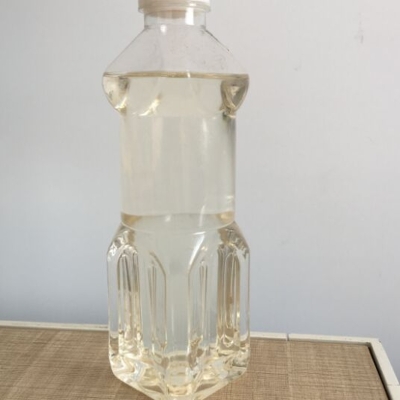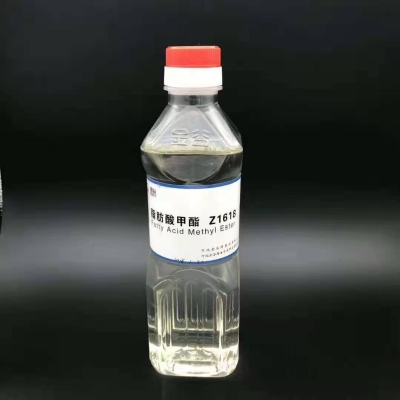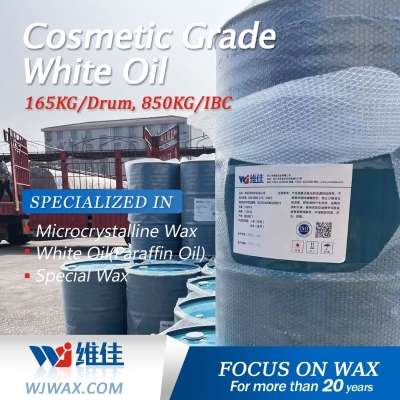-
Categories
-
Pharmaceutical Intermediates
-
Active Pharmaceutical Ingredients
-
Food Additives
- Industrial Coatings
- Agrochemicals
- Dyes and Pigments
- Surfactant
- Flavors and Fragrances
- Chemical Reagents
- Catalyst and Auxiliary
- Natural Products
- Inorganic Chemistry
-
Organic Chemistry
-
Biochemical Engineering
- Analytical Chemistry
-
Cosmetic Ingredient
- Water Treatment Chemical
-
Pharmaceutical Intermediates
Promotion
ECHEMI Mall
Wholesale
Weekly Price
Exhibition
News
-
Trade Service
Coal-to-oil refers to the technology of producing oil products from coal, which was born in Germany
in the early 20th century.
Germany has very rich coal resources, but lack of oil and natural gas, in 1913, the German chemist Friedrich Bergius invented the use of hydrogenation method from coal to synthesize liquid fuel, in the high temperature, high pressure and the presence of catalysts, so that coal and hydrogen react, so that coal molecules into a similar composition of crude oil products, that is, synthetic embers and oxygenated compounds, this product after fractionation, can obtain gasoline and paraffin wax and other products
.
At present, the coal-to-oil process in industry includes two technical routes
: direct coal liquefaction and indirect coal liquefaction.
Compared with petroleum-based oils, the oil products obtained by direct liquefaction of coal have great differences in chemical composition and use performance, and the content of the ring structure in the coal-based oil products, especially the aromatic ring structure, is much higher than that of petroleum-based oils, and is generally suitable for the production of aviation kerosene, aerospace fuel and other special oils
。 The world's first million-ton commercial demonstration project ---- Shenhua Coal Direct Liquefaction Project has been successfully commissioned in Ordos on December 31, 2008, with an annual output of 1.
08 million tons of various oil products, including vehicle diesel, jet fuel, naphtha, liquefied gas and special oil products, by-products including industrial crude phenol, industrial sulfur, etc
.
The indirect liquefaction of coal is a technology
that first prepares coal gasification into syngas, purifies it, and then converts it into hydrocarbon fuels through Fischer-Tropsch synthesis reaction.
The oil produced by indirect liquefaction technology is mainly composed of chain hydrocarbons, which have the characteristics
of high hydrogen carbon atoms, low sulfur and low aromatic hydrocarbons, high cetane number of diesel, and can be miscible with ordinary oil products in any proportion.
Indirect liquefaction technology is almost independent of coal grades, and the reaction and operating conditions are relatively mild, but the process flow of the plant is complex and the investment is high
.







